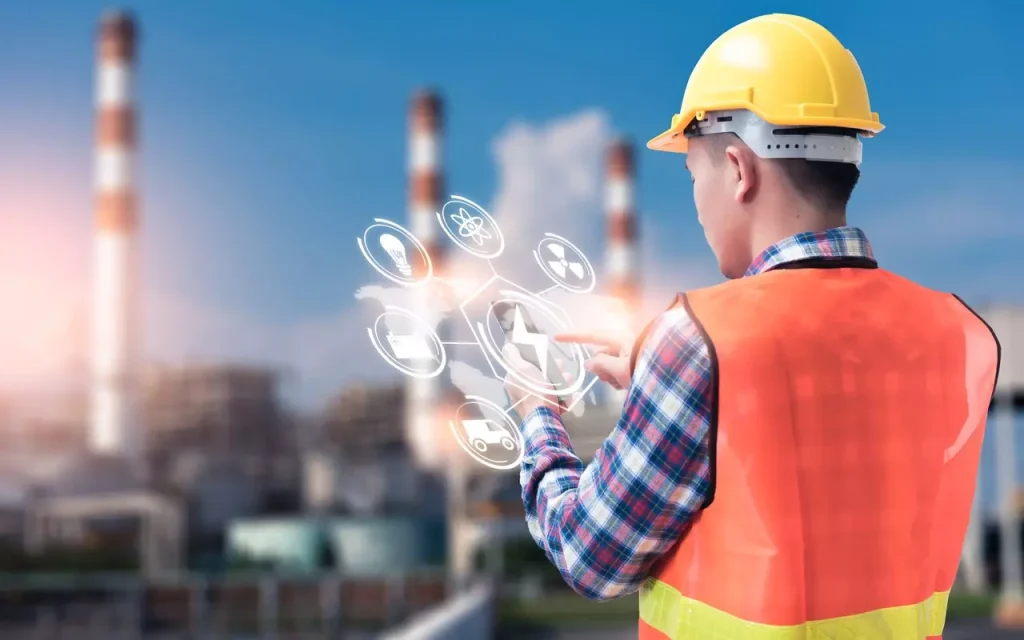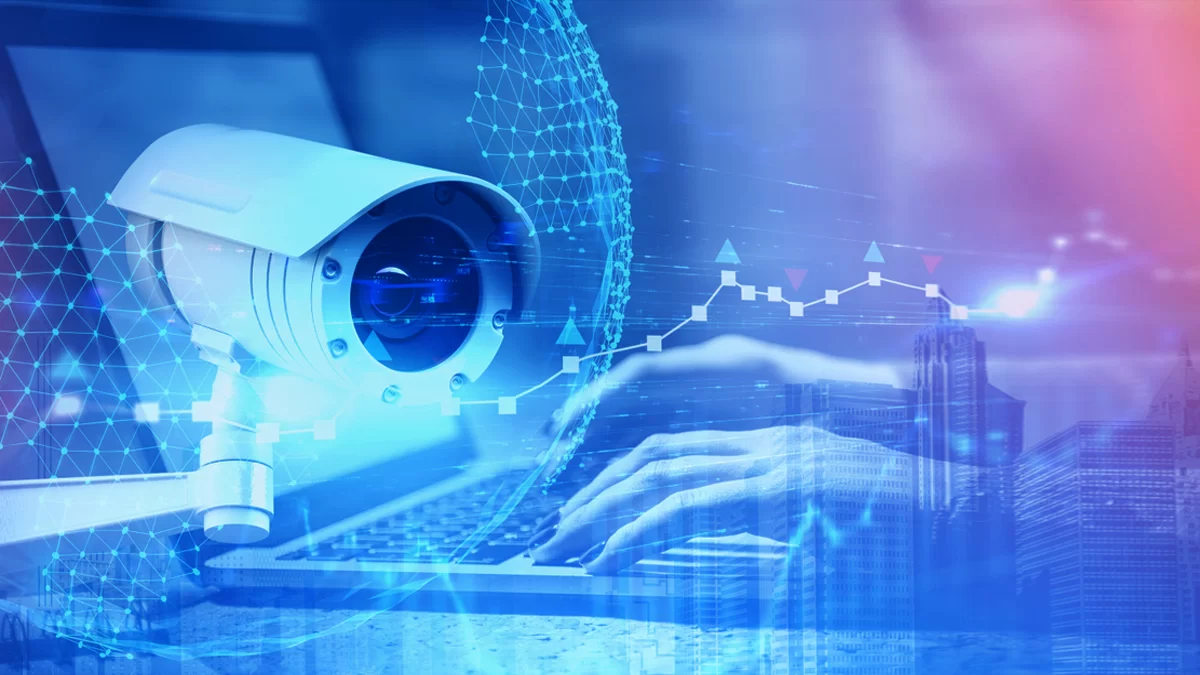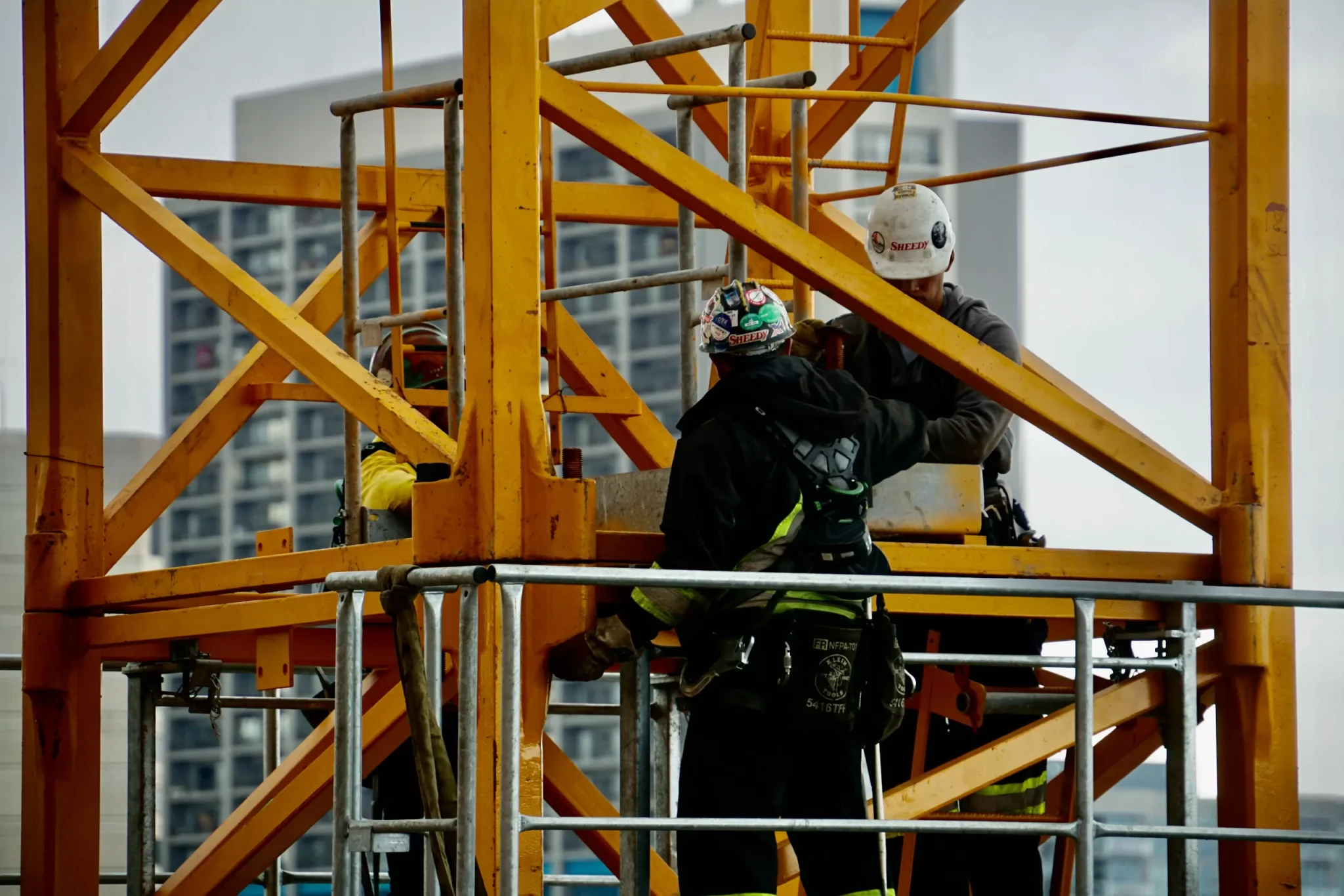
Significant advances have been made in Artificial Intelligence and Machine Learning (AI & ML) to improve worksite safety. Workplace safety and health standards are necessary across high-risk industries such as construction sites. In Singapore, the Ministry of Manpower (MOM) reported that the construction-related workplace injury rate was 19.8 per 100,000 workers in 2020. The use of deep learning aims to minimize these risks and the number of accidents and fatalities by improving current methods implemented by construction managers and safety officers. Here are five (5) ways AI improves construction site safety:
1. Computer Vision increases on-site visibility, detects non-conformance
According to OSHA, the four leading causes of construction deaths are:
- Slips, trips and falls
- Being struck by equipment
- Being caught in between hazards
- Electrocutions
The Workplace Safety and Health (WSH) Council reported that “slips, trips and falls account for more than 25% of all workplace injuries and affected more than 3,000 Singaporean employees each year between 2014 and 2018”. Such incidents often occur due to limited resources and manual inspections. However, these problems can be resolved with the implementation of computer vision.
Using cameras with computer vision on-site provides safety officers with real-time footage, detecting safety breaches such as workers being too close to heavy machinery or the improper usage of safety equipment.
Computer vision and video analytics enable computers and systems to derive meaningful information from digital images, videos, and other visual inputs. It also makes actionable insights or recommendations based on processed information. The system uses input such as on-site cameras, sensors, and even wearable devices to gather information. Using cameras with computer vision on-site provides safety officers with real-time footage, detecting safety breaches such as workers being too close to heavy machinery or the improper usage of safety equipment. Computer vision can also be enhanced through machine learning. The millions of images taken on a construction site are analyzed by AI, further developing its capabilities and improving the accuracy to flag potential safety breaches.
In a 2016 ENR competition, an AI agent reviewed photo submissions to look for potential job-site safety risks. The AI processed all 1,080 images in less than 5 minutes, while a team of human experts took more than 5 hours to do a similar review. It enabled the system to monitor a wider area with accuracy, and its ability to process data quickly also means that it will be able to pinpoint safety breaches efficiently.
Safety officers can effectively monitor construction site safety when they receive real-time violations and provide timely instructions without solely relying on traditional safety walks.
These AI systems can gather information from all over the construction site and can be displayed at a centralized control panel. It can also generate automated alerts when safety breaches are detected, alerting the construction manager to take charge. It can even prioritize them according to the level of danger. As such, computer vision can flag out safety issues immediately and round the clock, enabling safety officers to be more efficient by attending to prioritized problems. Hence, safety officers can effectively monitor construction site safety when they receive real-time violations and provide timely instructions without solely relying on traditional safety walks.
2. Reducing Human Error
According to a magazine article, 90% of accidents on a construction site are attributed to human error. Humans tend to bring cognitive biases to work, such as undermining risks or overestimating mitigation strategies. Highly experienced safety managers are sought after due to their vast experience in dealing with construction site incidents. However, due to the complex nature of the job, it is almost impossible for any person to identify every potential hazard and be on top of every situation.
AI can improve this process by learning from incidents that occur at a particular construction site. Its ability to process and learn from large amounts of data enables it to learn from incidents from multiple locations. It lessens the burden on construction managers by feeding them information in order of priority and prevents overloading with on-site details. AI also can work tirelessly and improve the efficiency of the production manager, avoiding safety breaches being overlooked as a result of tiredness or carelessness.
The use of technology incorporated with AI, such as drones, reduces the risk undertaken by workers at worksites.
Incidents resulting from falling at heights can be avoided by sending drones to carry out tasks at elevated areas that would have otherwise required workers to be there physically.
With Artificial Intelligence in construction, the potential accidents caused by falling from height and being caught in or in between an object will be reduced by 80%. According to an EHS Today article, it noted a company was able to reduce its injury rate by 67 percent within 18 months.
3. Predictive analysis prevents future repeat accidents
Millions of images and data points are collected from a construction site daily. AI systems analyze large amounts of data to learn and improve their system. In this process, it goes through past incident occurrences and analyses what happened. Using these insights, it then develops predictive models with the available data to foresee potential worksite hazards that workers might encounter before they do so.
As a result of such models, trends in accidents may be identified, exposing loopholes in safety protocols. Construction managers will then be able to revise safety procedures accordingly.
With AI guiding safety officers and workers through constant reminders regarding safety protocols, they will feel assured working in a safe site.
Predictive analysis helps worksites identify potential hazard areas and high risk and minimize the risk from faulty or malfunctioning equipment. A representative example from another online article exemplifies how one of the top 20 construction companies achieved significant safety improvements with data analytics, resulting in over 90 percent of worksites experiencing no lost-time incidents.
4. Wearables incorporated with AI
Wearables refer to any devices worn, such as smartwatches, smart-hard hats, and even augmented reality goggles. These devices detect falls and collisions and are relayed to safety officers through the Internet of Things (IoT). The usage of wearables and AI-incorporated technology enhances the tracking of workers in a construction site, letting safety officers immediately react to any such occurrence and attend to the affected worker.
Workers can assess their surroundings with an additional layer of computer imagery through augmented reality goggles, providing them an opportunity to rehearse the actions before actually executing them, thus preventing unnecessary consequences and unforeseen accidents. The sensors can gather data for the AI systems to analyze, prompting workers to avoid nearby hazards, e.g., proximity to edges and heavy machinery, and ultimately reducing accident rates.
5. AI-assisted BIM to map out hazardous areas
Business Information Modeling, commonly referred to as BIM, is the process for creating and managing information on a construction project throughout its whole life cycle. It is the creation of multi-dimensional models of infrastructure projects that occur before their execution. AI-assisted by machine learning can detect hazardous areas and areas with a high chance of accident occurrence. This would empower a construction safety officer to solve issues before they arise and adequately plan out site movement to avoid risky areas. Safety officers will be able to stamp out the occurrence of safety breaches even before construction workers set foot on the worksite.
Consider using safety video analytics in construction site safety, such as Invigilo Technologies’ AI-powered video analytics software SAFEKEY, which provides safety solutions to safety officers. It gives them peace of mind through continuous monitoring 24/7 and real-time detection of violations. Safety officers can make timely decisions and preventive actions to reduce accident rates at the worksite.



1 Comment
[…] learn that AI improves construction site safety, including working at height safety. The use of deep learning aims to minimize risks and the […]